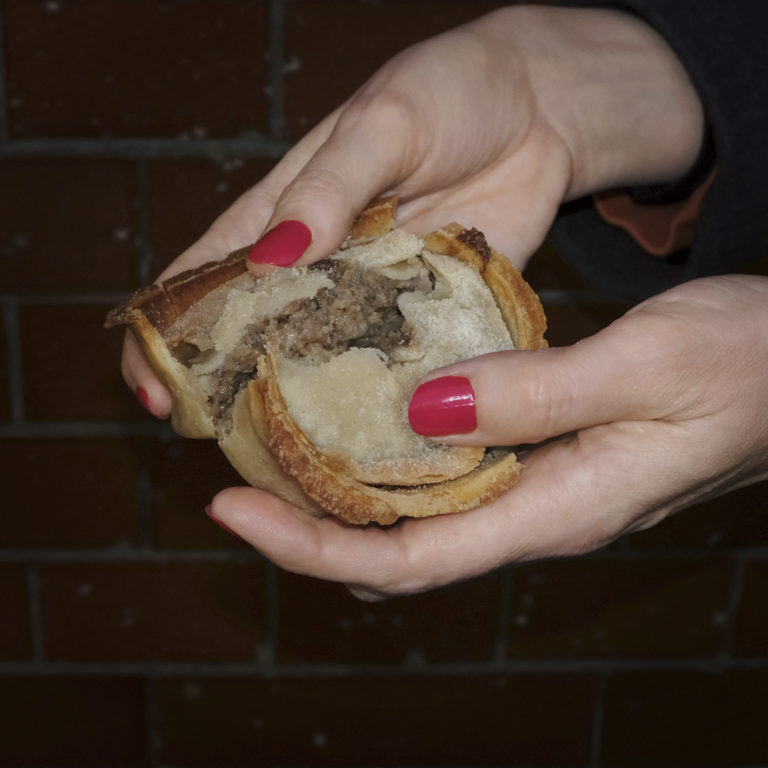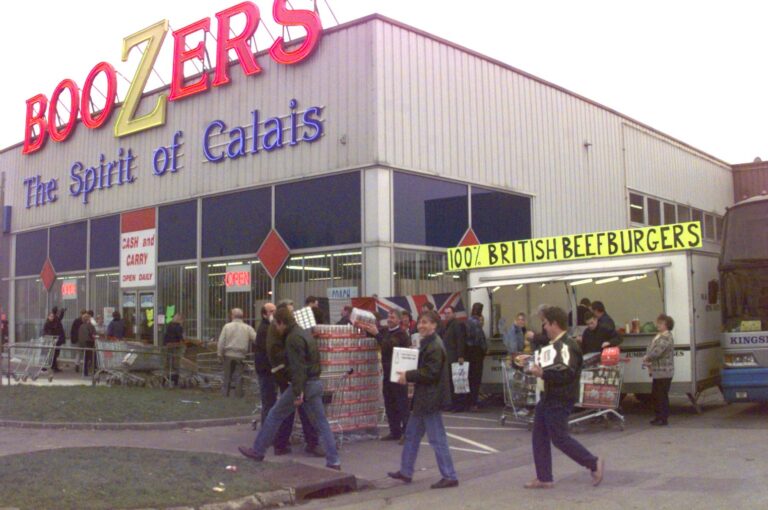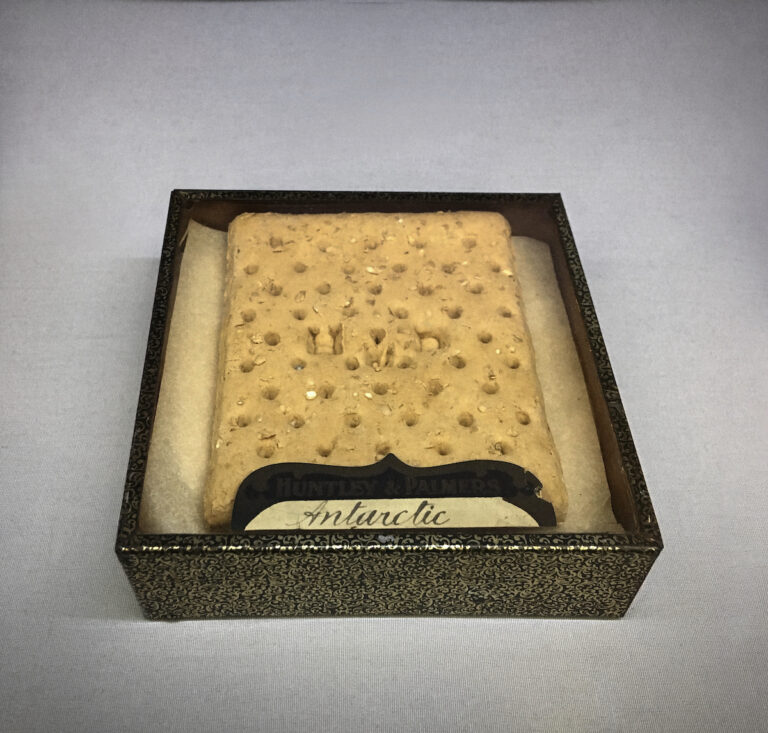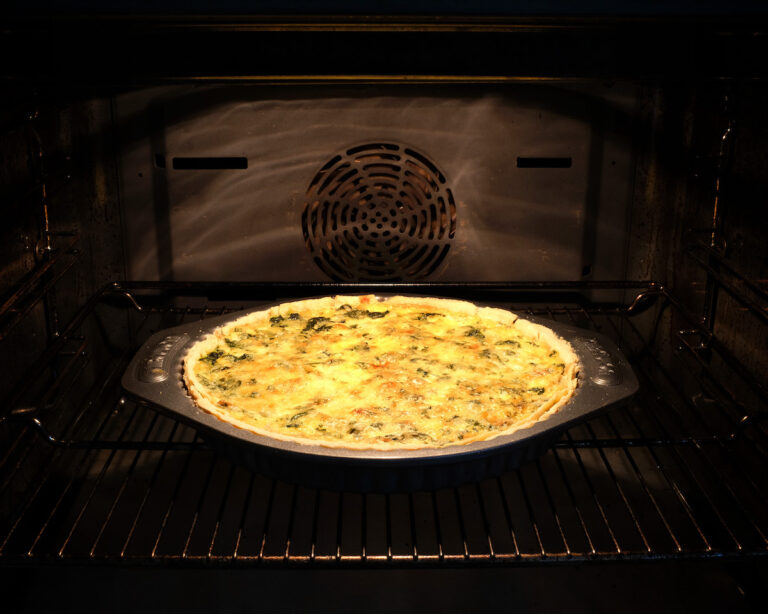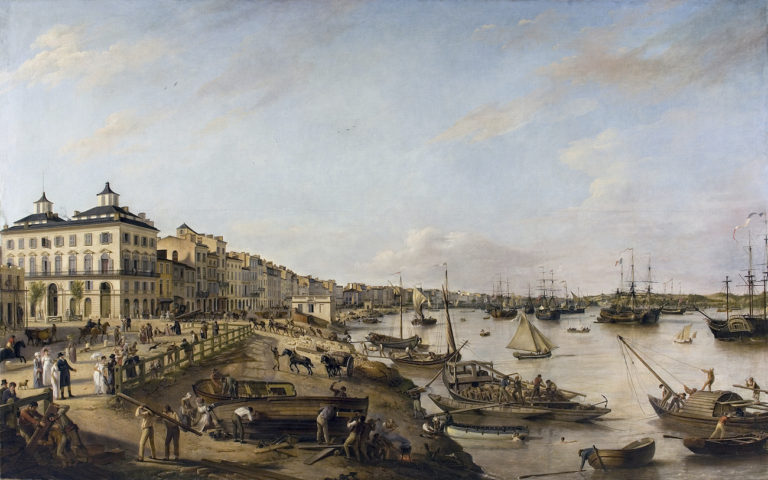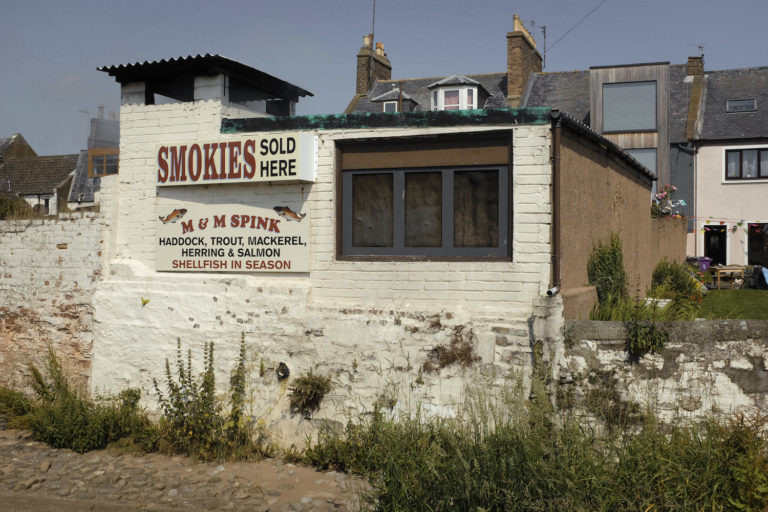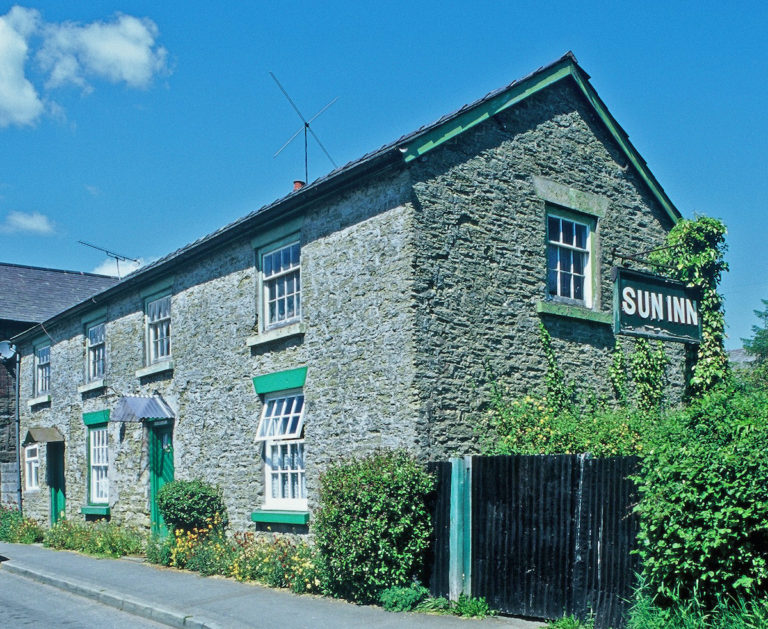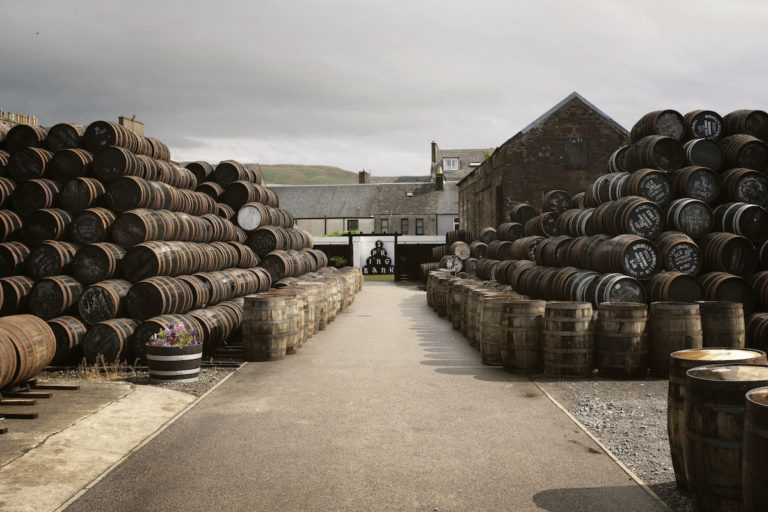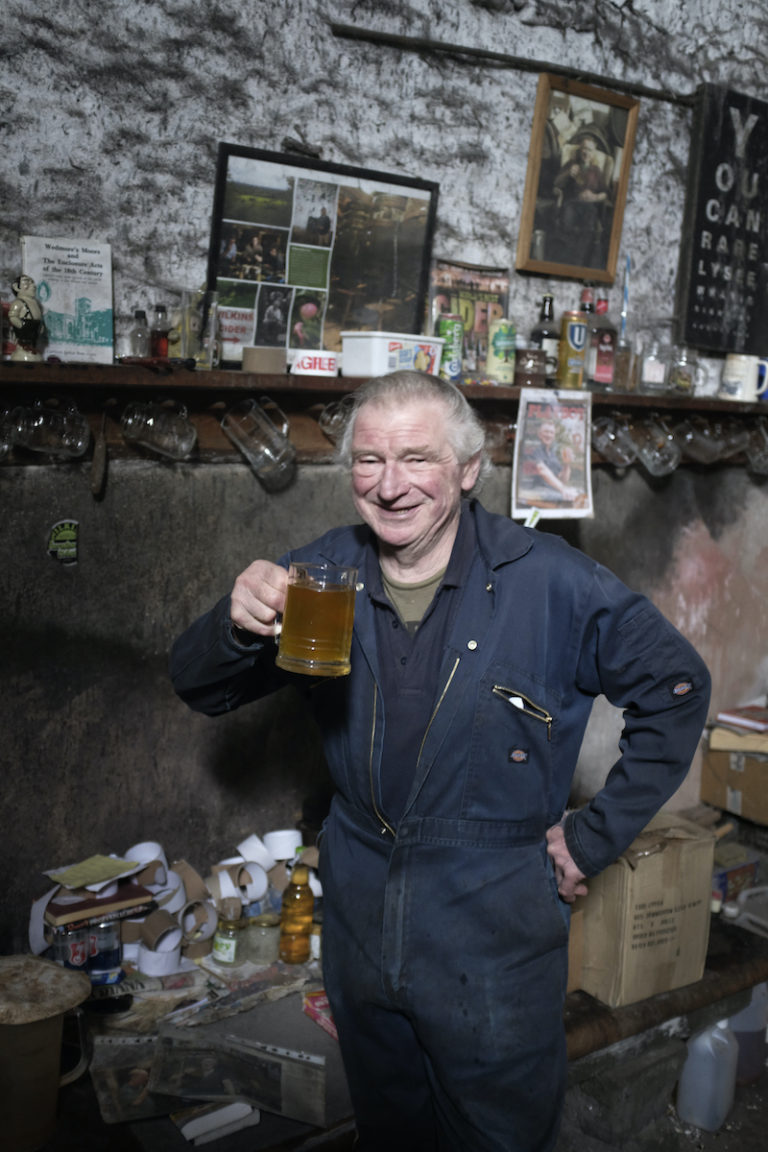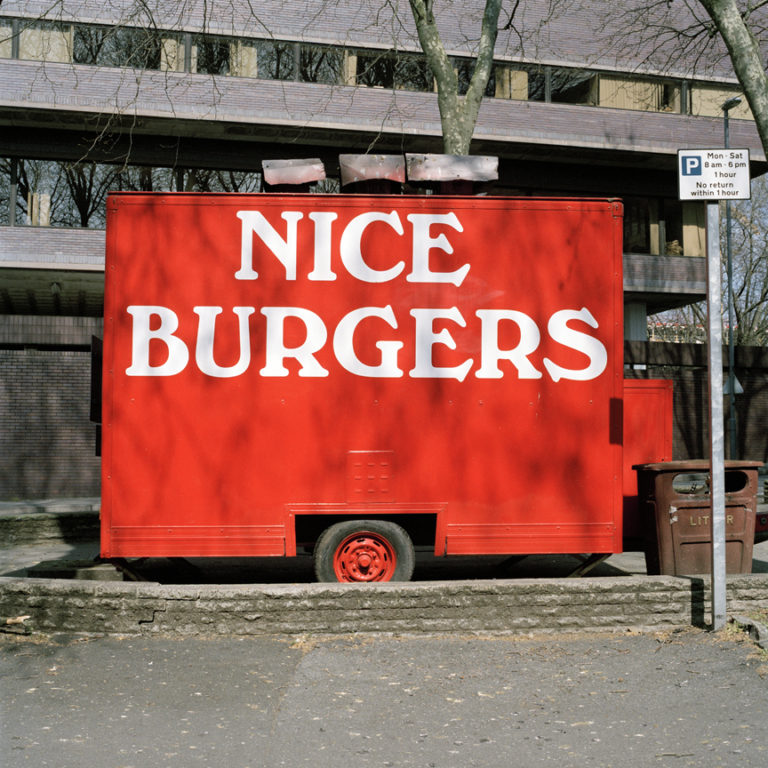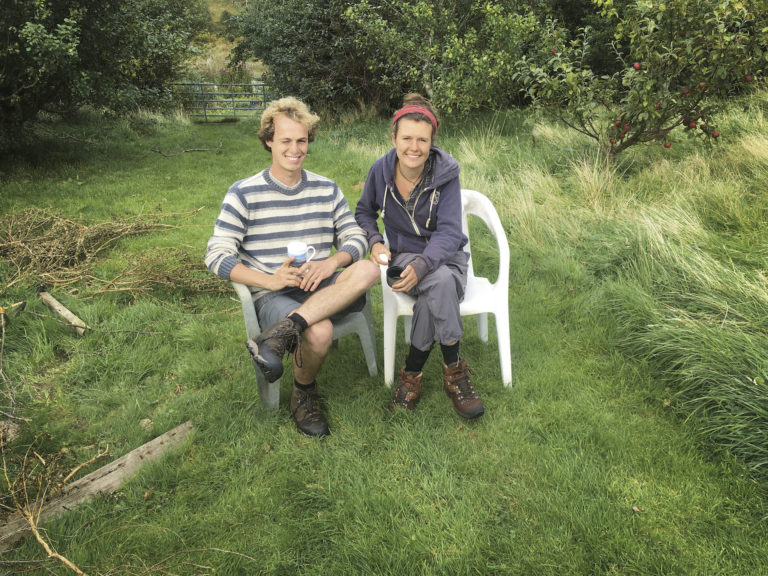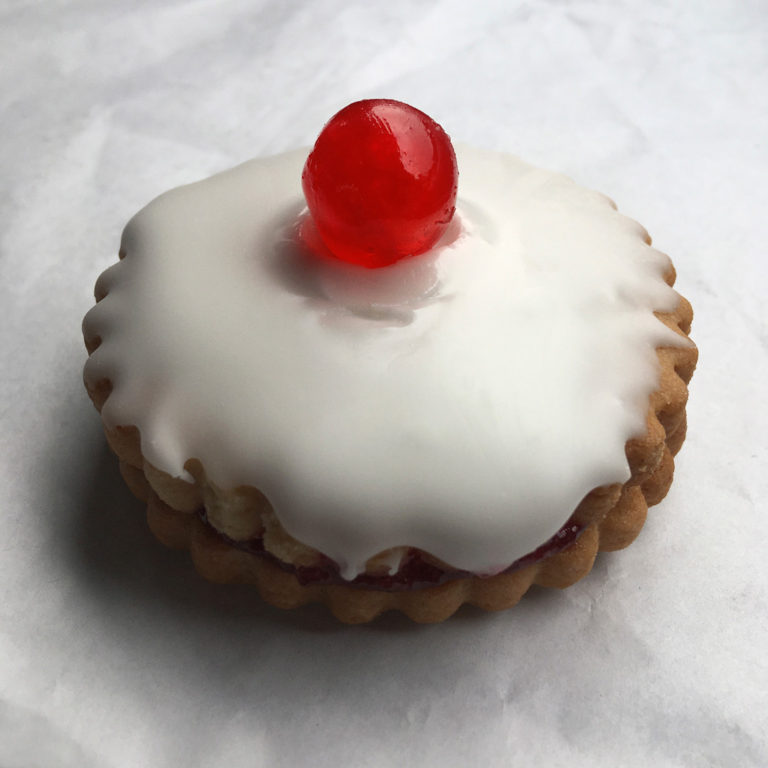SCOTCH PIES I Greggs. Gordon Street, Glasgow, Scotland
A simple food fit for a King of Scotland
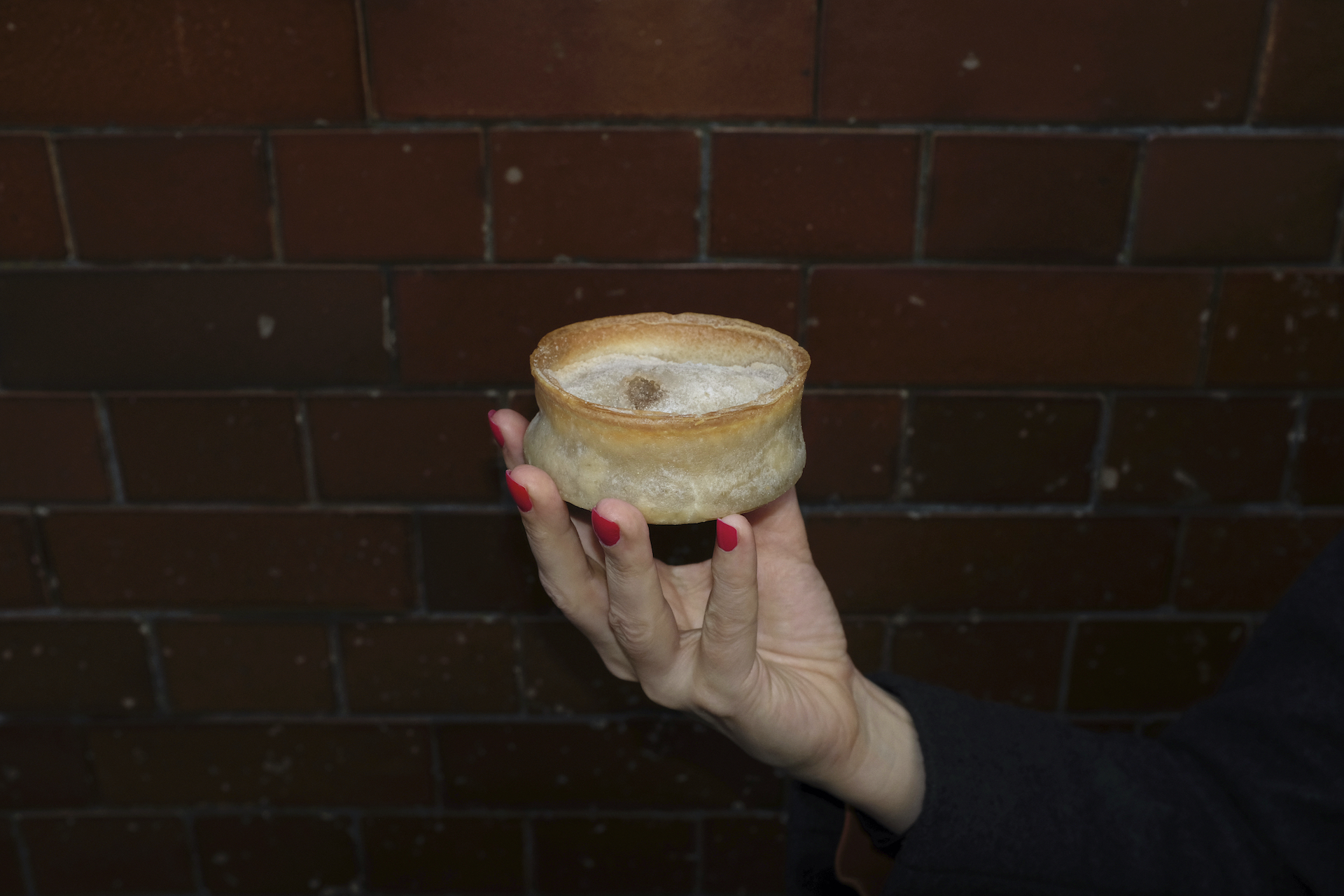
Many food memories seem to be enhanced by where they took place. I’m thinking crab pasties on the beach at Padstow, Cornwall, or stuffed chine on the Fens of Lincolnshire. There’s something inescapably dirty though about a piping hot Scotch Pie, fresh out the paper bag from Greggs, wolfed down on a chillingly cold Glasgow street corner. The molten fat, that crisp edge of pastry crust, and that deep meaty goodness. The original filling was finely minced mutton but beef has to some degree taken over. Often the most prominent spice is the underrated whiff and tang of white pepper but mace and nutmeg are sometimes used. The hot water pastry crust made with beef dripping or lard is definitely mandatory.
The pie mustn’t be consumed at a mealtime. It needs to be a last-minute guilty pleasure purely for its own sake. Big up to Greggs for even having a regional menu, it’s not something that many large firms can be bothered with. It’s especially good eaten at a football match, from where it gets the name Football Pie. According to Laura Mason and Catherine Brown’s Traditional Foods of Britain; ‘the hot pie trade moves into mass-production on Saturdays as they are delivered to football grounds for eating at half-time’. The stiffness of the crust makes it easier to eat standing up than yer classic southern pie, served in a foil tray. A steaming hot mug of Bovril is optional.
Their exact origins are lost in the murky soup of time but according to Paul Hollywood they date back to medieval times and were ‘frowned upon by the Scottish church, viewed as luxurious decadent English style food’. Firstly: What were those Scottish churchmen eating? Secondly: English? In 1430, suspicously soon after the return of the Scottish King James I from England, there was a new statute to keep meals simple, and to restrict this new fandangled pie usage to feast days and to the gentry only. Life is unfair sometimes but with a notable increase in consumption during the industrial era, the common man has rightly been making up for it ever since.
Some bakers would have a jug of hot gravy handy to pour into the hole in the centre, nice. If you have indulged you might have noticed the wee gap above the meat inside. This is sometimes filled with mashed potato or baked beans but honestly, that is luxuriously decadent and completely unnecessary.
Top Fact: In Scotland, they are unsurprisingly just called a Pie.
If you are down south you might find them hard to come by but try here
